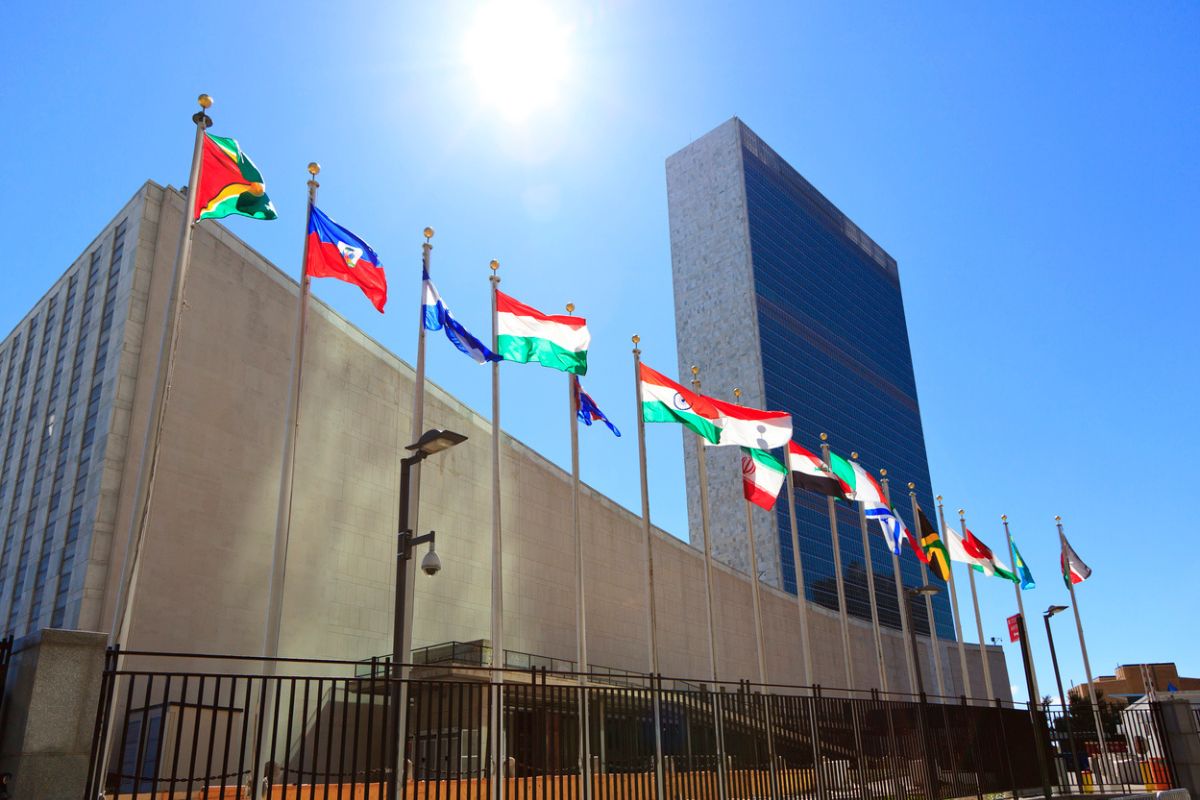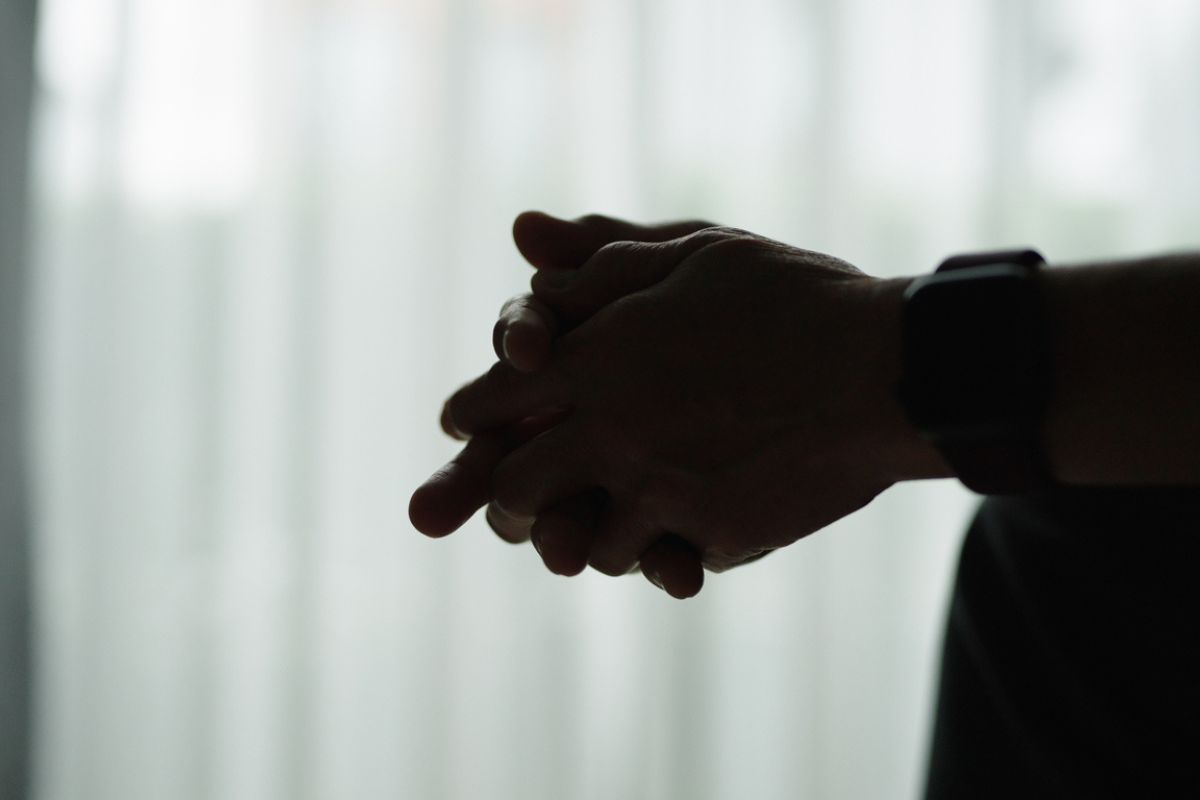Recent research suggests factors beyond the winter time change may significantly influence our collective mood swings. A study published in the journal Nature Human Behaviour reveals that late-day light exposure can profoundly affect human circadian rhythms and sleep-wake physiology. Contrary to prior beliefs, the color of this light may not be solely responsible for these changes.
Rethinking Ambient Light
A collaborative study between the University of Babel and the Technical University of Munich scientifically investigated the impact of varying light conditions, especially along the blue-yellow spectrum, on the human circadian rhythm.
“Specialized ganglion cells are significantly involved in this process, which – like the cones and rods – are sensitive to light and react particularly strongly to short-wavelength light at a wavelength of around 490 nanometres,” the authors explain. “If light consists solely of short wavelengths of 440 to 490 nanometres, we perceive it as blue. If short-wavelength light activates the ganglion cells, they signal to the internal clock that it is daytime.”
This indicates that the effect of blue light on circadian rhythms is contingent on its spectral properties and exposure factors like intensity and duration. The nuanced view suggests that blue light may not universally disrupt sleep as previously thought.
Furthermore, the ganglion cells, sensitive to light, also process information from cones, which are activated by brighter light and facilitate color vision. The human eye reacts strongly to light, especially blue light at around 490 nanometers. When cones detect blue light, they dial their circadian rhythm to daytime.
“This raises the question of whether the cones, and thereby the light color, also influence the internal clock. After all, the most striking changes in brightness and light color occur at sunrise and sunset, marking the beginning and end of a day,” notes Christine Blume, MD, one of the study authors.
Comparing Light Colors
Blume’s study originated from 2019 research on mice, suggesting that yellowish light might have a more significant role than blue light in regulating internal clocks.
In the experiment, Blume and her team exposed 16 volunteers to either blue or yellow light for an hour during late evening, alongside a white light control group. They measured changes including circadian phase, melatonin levels, sleepiness, and visual comfort. The study also examined sleep onset and depth in the early night.
“This method of light stimulation allows us to separate the light properties that may play a role in how light affects humans in a clean experimental way,” adds Manuel Spitschan, Professor of Chronobiology and Health at TUM.
Sleep Quality in Patients With Schizophrenia
Assessment of Sleep In Med Students
Ganglion Cells Remain Crucial
The results contrasted with the mouse study, showing that the impact of blue and yellow light on circadian rhythms and sleep patterns is complex and varies depending on intensity, duration, and timing. This challenges the conventional view of blue light’s disruptive effects on sleep.
“We found no evidence that the variation of light color along a blue-yellow dimension plays a relevant role for the human internal clock or sleep,” Blume concludes.
The findings offer novel insights into circadian biology, underscoring the pivotal role of light-sensitive ganglion cells in the human internal clock.



